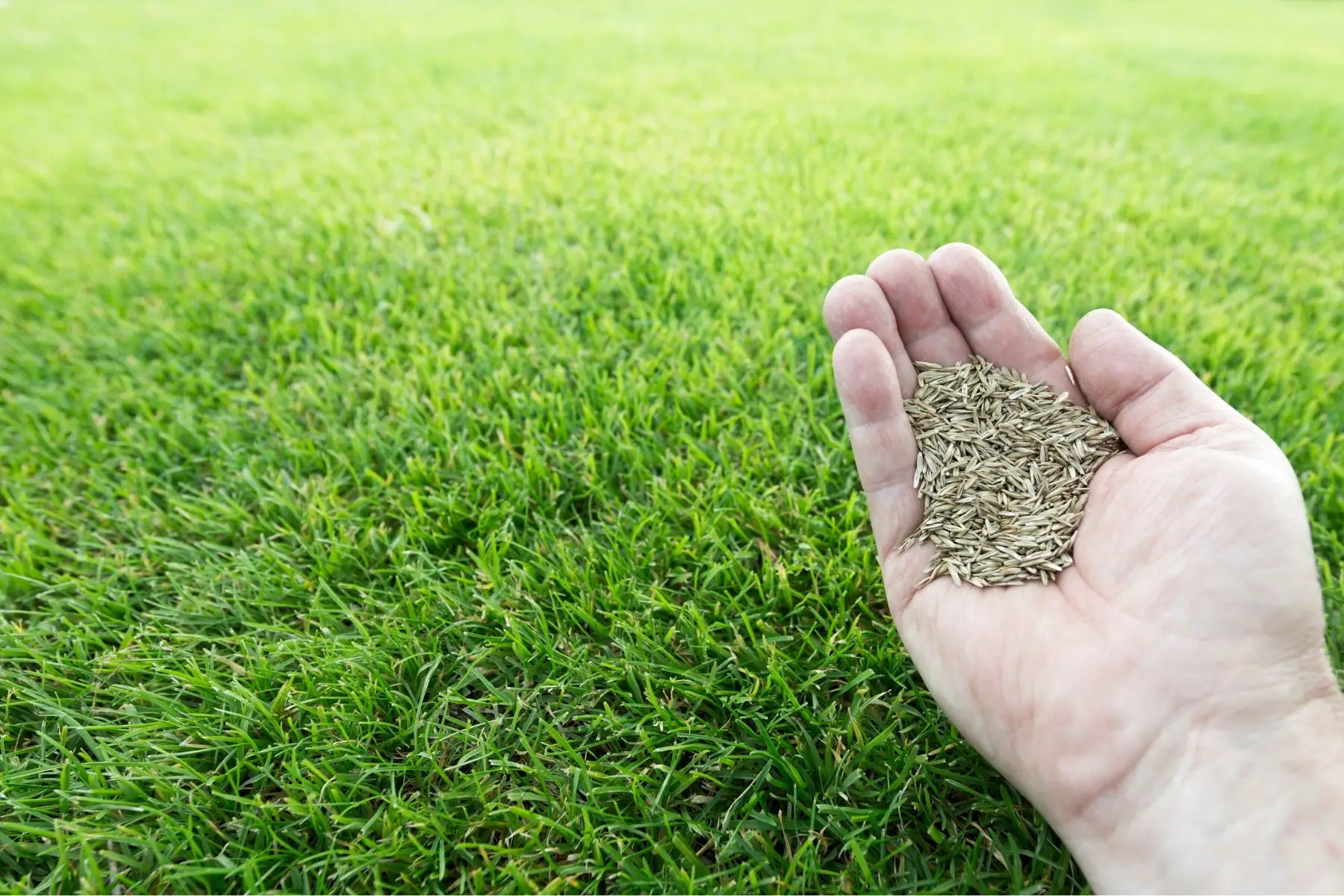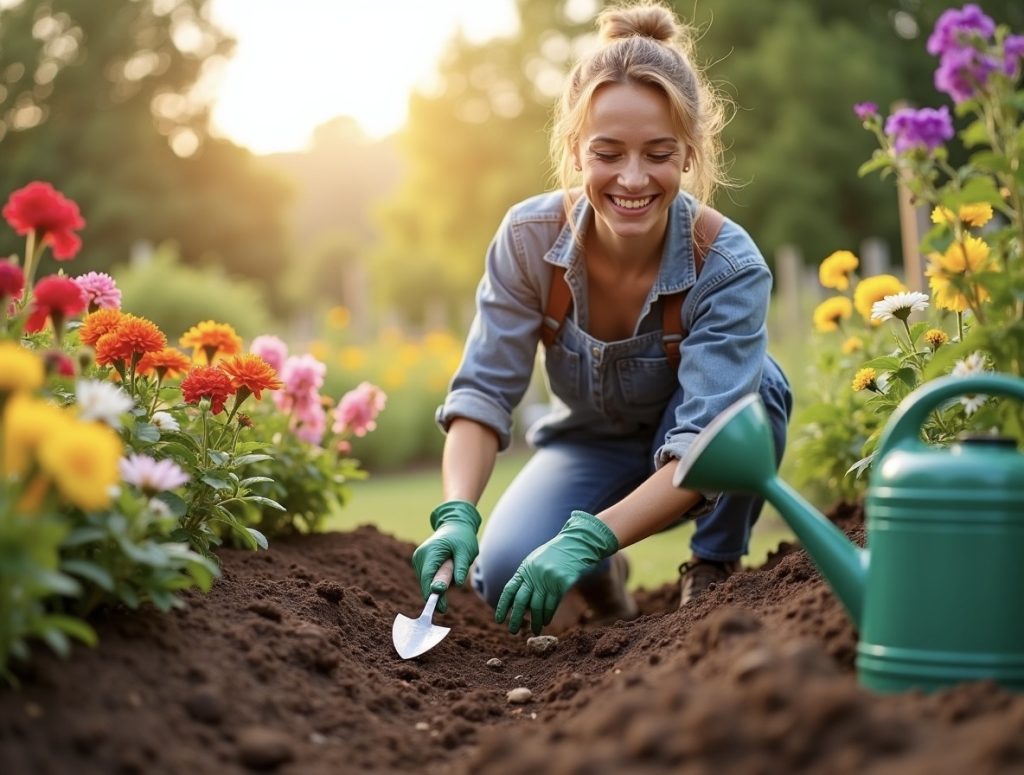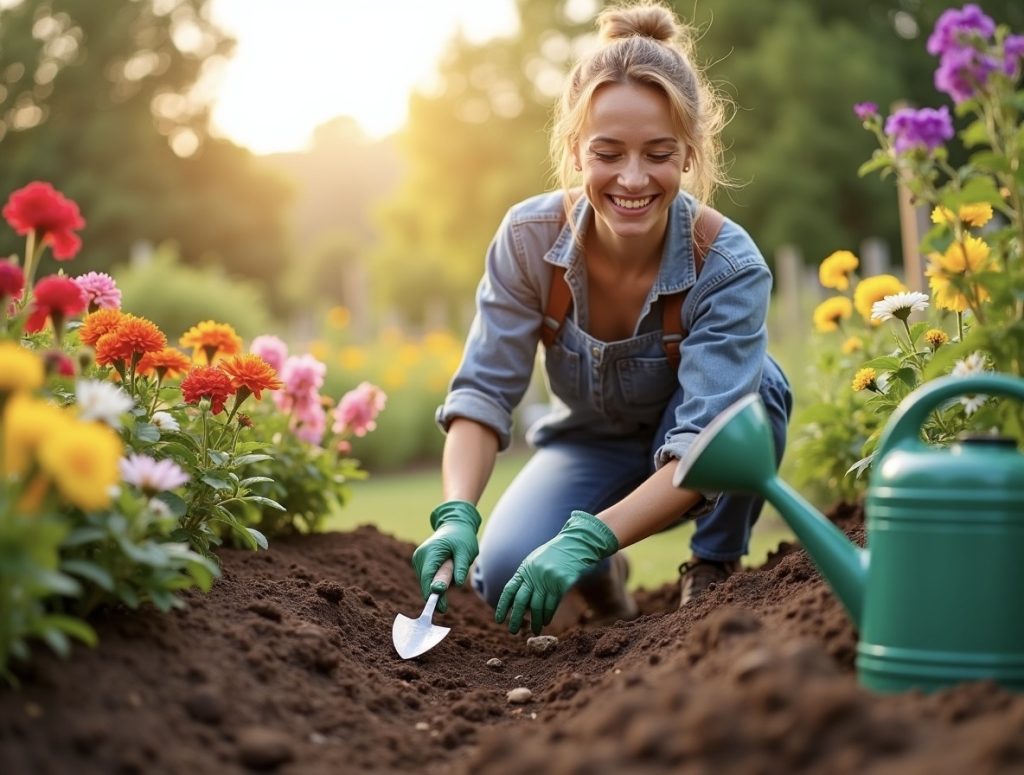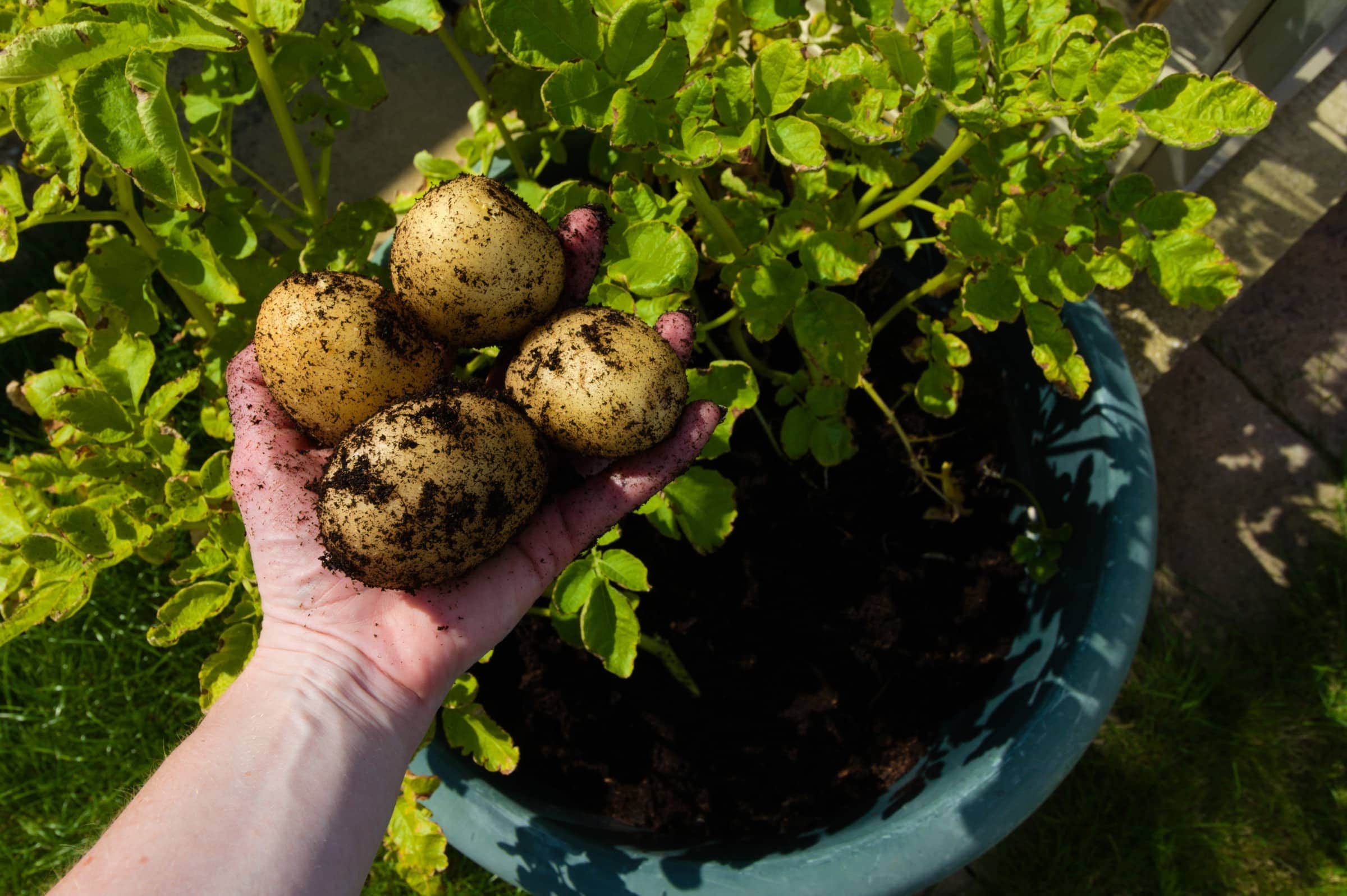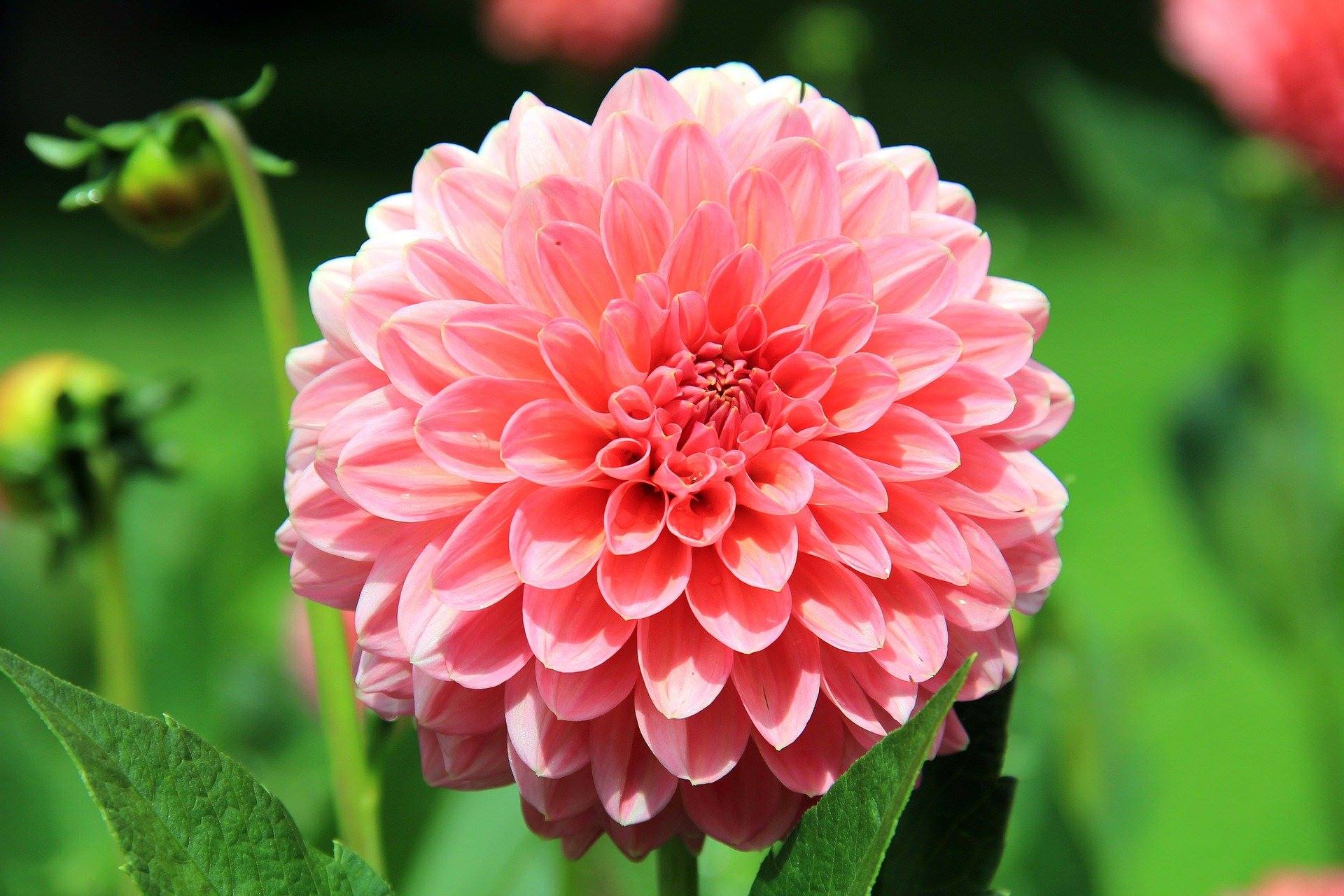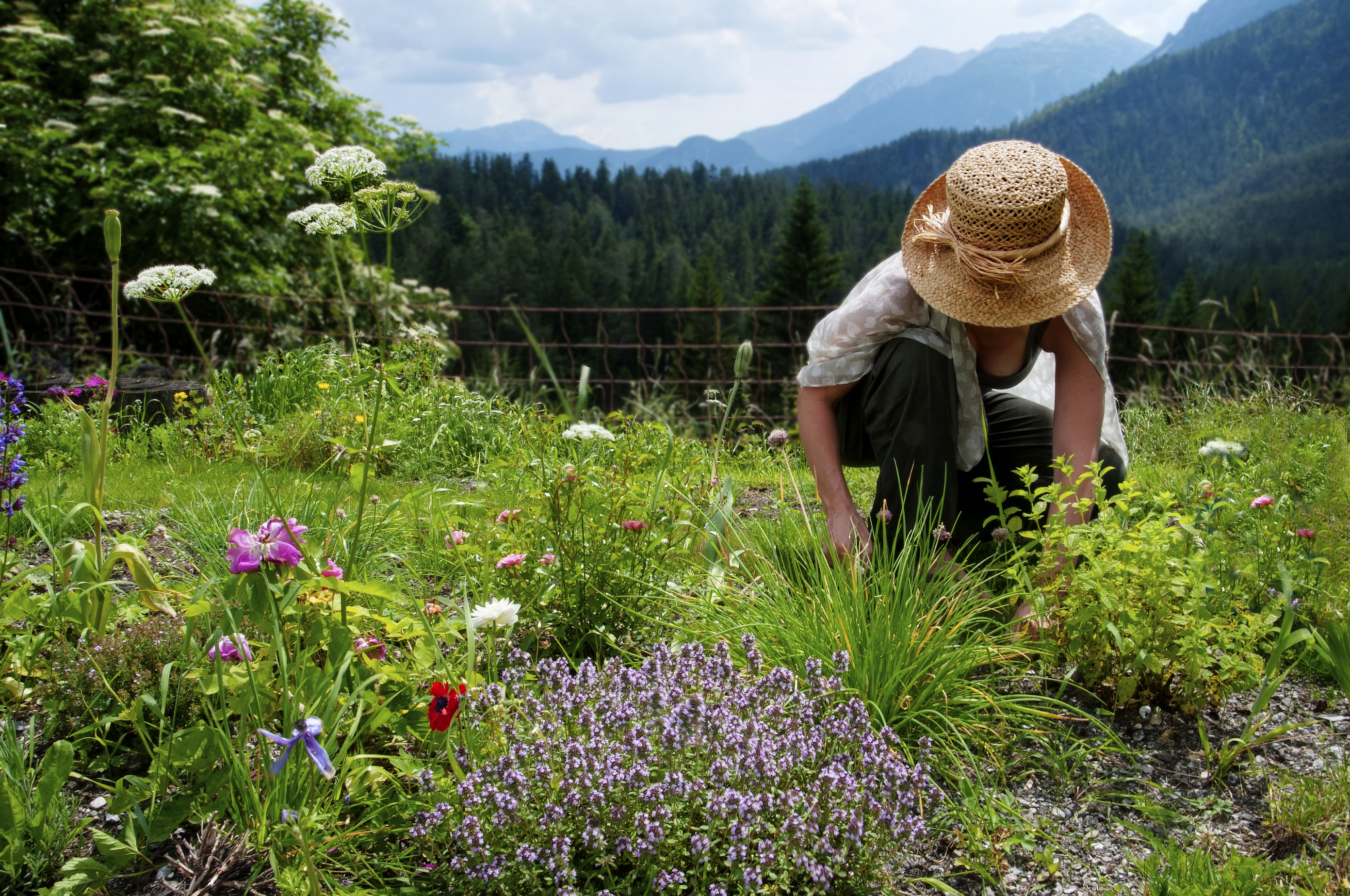Home>Types of Gardening>Ornamental Gardening>How Long Do Bonsai Seeds Take To Sprout


Ornamental Gardening
How Long Do Bonsai Seeds Take To Sprout
Published: January 16, 2024
Discover the timeline for bonsai seed sprouting in ornamental gardening. Learn how long it takes for bonsai seeds to germinate and sprout.
(Many of the links in this article redirect to a specific reviewed product. Your purchase of these products through affiliate links helps to generate commission for Chicagolandgardening.com, at no extra cost. Learn more)
Table of Contents
Introduction
Are you an aspiring bonsai gardener, eager to witness the miracle of life as your bonsai seeds sprout and grow into magnificent miniature trees? The journey from seed to sprout is a fascinating and rewarding experience, but it requires patience and understanding of the factors influencing seed germination. In this comprehensive guide, we will explore the intricacies of bonsai seed germination, including the average time it takes for bonsai seeds to sprout and valuable tips for expediting this process.
Bonsai, the ancient Japanese art of cultivating miniature trees, has captivated the hearts of gardening enthusiasts worldwide. The allure of nurturing a tiny seed into a living work of art is a testament to the harmony between humans and nature. Whether you are drawn to the serene beauty of traditional bonsai styles or the innovative techniques of modern bonsai cultivation, the journey begins with a single seed.
Understanding the factors that influence bonsai seed germination is crucial for setting realistic expectations and ensuring the success of your gardening endeavors. From temperature and moisture levels to seed viability and species-specific requirements, each aspect plays a pivotal role in the delicate process of seed sprouting. By delving into the average time it takes for bonsai seeds to sprout and uncovering effective strategies for accelerating germination, you will be well-equipped to embark on your bonsai gardening journey with confidence and enthusiasm.
Factors Affecting Bonsai Seed Germination
Several crucial factors influence the germination of bonsai seeds, shaping the success and timeline of this pivotal stage in the plant’s life cycle. Understanding these factors is essential for creating optimal conditions that support and expedite the germination process.
- Seed Viability: The viability of bonsai seeds, which refers to their capacity to germinate, is a fundamental factor influencing the germination timeline. Fresh, high-quality seeds are more likely to sprout within a reasonable timeframe, while aged or compromised seeds may exhibit delayed or erratic germination.
- Temperature: Bonsai seeds exhibit varying temperature requirements for germination, with some species necessitating warm temperatures and others benefiting from cold stratification. Understanding the specific temperature needs of your bonsai seeds is crucial for creating an environment conducive to successful germination.
- Moisture Levels: Adequate moisture is essential for initiating the germination process in bonsai seeds. However, excessive moisture can lead to rot and fungal issues, emphasizing the importance of maintaining a balanced moisture level to support healthy germination.
- Oxygen: Like all germinating seeds, bonsai seeds require oxygen to fuel the metabolic processes involved in germination. Proper aeration of the growing medium is essential for ensuring that the seeds receive an adequate oxygen supply.
- Light: While some bonsai seeds benefit from exposure to light during germination, others require darkness to sprout. Understanding the light preferences of your specific bonsai species is crucial for providing the appropriate conditions for successful germination.
- Seed Dormancy: Many bonsai seeds exhibit dormancy, a period during which they remain inactive and resistant to germination. Overcoming seed dormancy often involves specific treatments, such as stratification or scarification, to prompt the seeds to break dormancy and initiate germination.
By carefully considering and addressing these factors, bonsai enthusiasts can create an environment that optimizes the conditions for successful seed germination, ultimately expediting the journey from seed to sprout.
Average Time for Bonsai Seeds to Sprout
The timeline for bonsai seeds to sprout varies significantly depending on the specific species, environmental conditions, and the presence of any dormancy mechanisms. While some bonsai seeds may germinate relatively quickly, others may require an extended period before showing signs of sprouting. Understanding the average germination timeline for different bonsai species can help manage expectations and provide valuable insights into the needs of the seeds.
For many common bonsai species, such as Japanese maple (Acer palmatum), Chinese elm (Ulmus parvifolia), and juniper (Juniperus spp.), the average time for seeds to sprout ranges from several weeks to a few months. These species typically exhibit moderate germination times under favorable conditions, making them popular choices for bonsai enthusiasts seeking relatively prompt results.
Conversely, certain bonsai species, such as the Japanese black pine (Pinus thunbergii) and some conifers, may present longer germination timelines, often spanning several months to a year. The presence of seed dormancy in these species contributes to the extended germination period, requiring patience and attentive care to support the seeds through this process.
It is important to note that the average time for bonsai seeds to sprout can be influenced by various factors, including temperature, moisture levels, and the quality of the seeds. By providing optimal growing conditions and adhering to species-specific germination requirements, bonsai enthusiasts can enhance the likelihood of prompt and successful seed sprouting.
While the average germination times offer valuable insights, it is essential to approach bonsai seed germination with patience and flexibility, embracing the unique journey that each seed undertakes on its path to sprouting and growth.
Tips for Speeding Up Bonsai Seed Germination
While the germination of bonsai seeds is inherently influenced by natural processes, there are several strategies that enthusiasts can employ to expedite and support the germination process, nurturing the seeds towards successful sprouting. By implementing these tips, bonsai gardeners can enhance the likelihood of prompt and uniform germination, setting the stage for the development of healthy seedlings.
- Seed Scarification: Some bonsai seeds exhibit hard seed coats that impede germination. By carefully scarifying the seed coats through gentle abrasion or soaking in warm water, enthusiasts can help the seeds overcome dormancy and initiate the germination process more swiftly.
- Stratification: For species requiring cold stratification, wherein the seeds undergo a period of cold, moist treatment to break dormancy, simulating this natural process can accelerate germination. Placing the seeds in a moist medium within a refrigerator for the specified duration can prompt the seeds to sprout more efficiently.
- Optimal Temperature: Maintaining a consistent and suitable temperature for bonsai seed germination is crucial. By providing the ideal temperature range for the specific species, enthusiasts can promote faster and more uniform germination, expediting the emergence of seedlings.
- Moisture Management: Balancing moisture levels is essential for supporting germination without inducing rot or fungal issues. Ensuring that the growing medium remains consistently moist, but not waterlogged, can create an environment conducive to prompt seed sprouting.
- Supplemental Lighting: For species benefiting from exposure to light during germination, providing supplemental lighting can enhance the speed and vigor of seed sprouting. This approach is particularly beneficial for indoor germination setups with limited natural light.
- Seed Quality: Starting with high-quality, fresh seeds can significantly impact the germination timeline. Ensuring the viability and integrity of the seeds prior to sowing sets the stage for more predictable and expedited germination.
By incorporating these tips into their bonsai seed germination practices, enthusiasts can create an environment that fosters efficient and successful sprouting, paving the way for the growth and development of thriving bonsai seedlings.
Conclusion
The journey of bonsai seed germination is a captivating and transformative process that embodies the artistry and patience inherent in bonsai cultivation. By delving into the factors affecting bonsai seed germination, understanding the average time for seeds to sprout, and implementing strategies to expedite germination, enthusiasts gain invaluable insights into nurturing their bonsai seeds to life.
Aspiring bonsai gardeners are encouraged to embrace the individuality of each seed’s germination journey, recognizing that while average timelines offer guidance, the natural rhythms of germination unfold at their own pace. Patience, coupled with a deep understanding of the specific requirements of the chosen bonsai species, forms the cornerstone of successful seed germination.
Through meticulous attention to factors such as seed viability, temperature, moisture, and light, enthusiasts can create an environment that encourages prompt and robust germination, setting the stage for the development of healthy bonsai seedlings. By incorporating techniques such as scarification, stratification, and precise moisture management, the germination process can be nurtured and expedited, fostering the emergence of vibrant new life.
Ultimately, the journey from bonsai seed to sprout embodies the harmonious relationship between the gardener and nature, where patience, knowledge, and attentive care converge to facilitate the miraculous transformation of a tiny seed into a living masterpiece. As bonsai enthusiasts embark on this rewarding journey, they are invited to savor each stage of the germination process, embracing the beauty of new beginnings and the promise of growth inherent in every sprouting seed.
